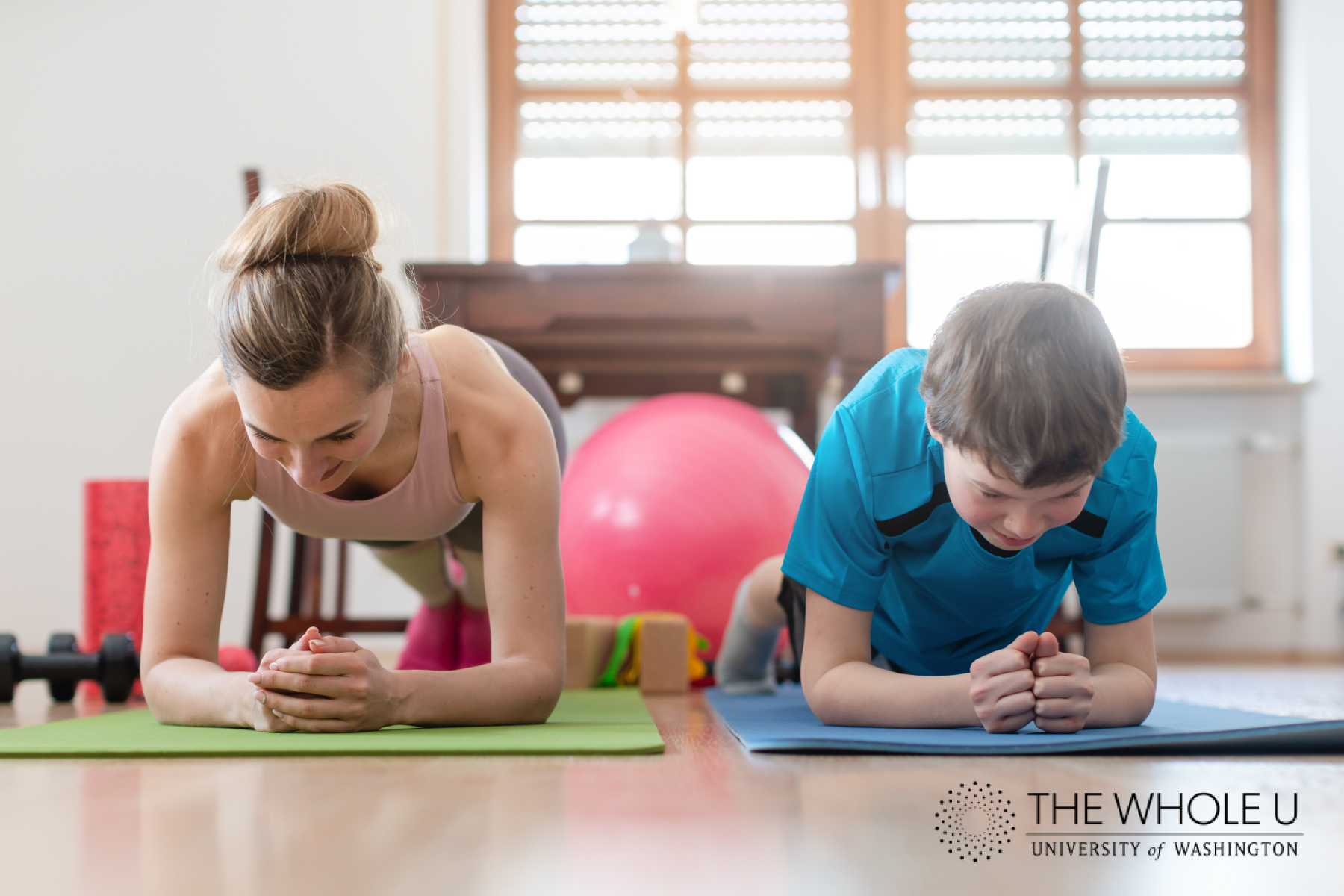
Building a Balanced Workout Routine
I don’t have to convince you of the benefits of exercise and physical activity. It’s practically the only thing that has positive benefits for almost every system in the body from cognition to digestion. But along with this grand solution to many issues often comes much confusion. Fads, trends, and personal fitness gurus all seem to promote their own “Holy Grail” approach; we have evangelical converts from Zumba, yoga, and Tai Chi, to Cross-fit, kettle bells, Pilates, TRX training, and more.
While there are specific benefits to all of these, there is no clear superiority to any one and none of them constitute a complete, balanced “fitness meal.” I meet so many people who swear by their daily spinning class, or their kettle bell class, or practicing yoga. Of course, doing anything is better than doing nothing, especially if you enjoy it, but that is not the purpose of this article.
My goal is to encourage expansion from single focused activities to a broader, more balanced “fitness meal.” Of course, I must disclaim my own bias. I spent many years playing and practicing multiple sports, including martial arts, boxing, climbing, triathlons, and surfing. I have engaged in all forms of training, and now, recovering from the results of all the years of wear and tear, I am adding Total Knee Replacement rehabilitation training. My perspective is also informed by my training as a Physical Therapist and an Exercise Scientist, fused with my background in physical activity.
Recently, I gave a lecture for the Whole U on the importance of deliberate muscular strength training as part of an overall fitness program and defined the requirements for “real” strengthening. Most exercise programs and activities do not create the kinds of muscular demands needed to stimulate muscular strength adaptations, which is incredibly important as we age and lose muscle mass and bone density.
Muscular strength training
To see impactful results, one needs to stress muscles very close to their limits—about 75-85% of their maximum capacity in order to create physiological stimuli for muscle adaptation. This is one element of a balanced approach: two days a week of actual muscular strength training (weight lifting) at effort levels where there is a real challenge. For example, in order to strength train muscles, try lifting a weight heavy enough that you can barely complete 8-10 reps of a complete movement.
Higher intensity interval training
The second element is to incorporate higher intensity interval type training: short bursts of dynamic exercise. There is increasingly compelling evidence that this type of interval training promotes neuromuscular, anaerobic and aerobic capacity improvements superior to slower and traditional lower level exercises regimens (at any age). The general idea is that one needs to get out of breath doing dynamic physical agility drills that last for at least 1-2 minutes, with about half that time for rest, in a circuit that last for 15-20 minutes a minimum of one to two times per week (with many variations). Of course, higher intensity exercise progression should be done slowly and should be medically cleared if specific cardiopulmonary health issues might put one at increased medical risk.
Mind-body focus training
A third element is the incorporation of mind-body focus training, such as yoga or Tai Chi. These activities create a perfect balance for the higher intensity and muscle strengthening exercises. Approach them not merely as a stretching or balance exercise, but with the goal of focused body awareness, neuro-motor control, postural alignment, and breath control.
Real activity
Last but not least, we need to get out there and put our training to use in the form of real activity – hiking, biking, dancing, tennis, and other sports. The overall best approach is one that is varied and balanced; whether we are talking about how we eat, how we think and learn, or how we exercise.
So, get out there, mix it up, and try some new things! And one last thing, it does not matter how old you are—you can still incorporate these ideas into a workout routine—a “fitness meal”—that suits your taste.

Dr. Kevin McQuade is an associate professor in the Department of Rehabilitation Medicine and Director of the Human Motion Analysis Research Lab. He teaches courses on biomechanics of exercise, critical thinking applied to physical therapy topics, and coordinates seminars in research design and professional issues.
He has taught courses in biomechanics at the University of Sao Paulo Brazil and the Catholic University of Murcia, Spain. His clinical interests are Exercise Science and musculoskeletal Biomechanics and research interests include clinical biomechanics related to the management and prevention of joint injury and the role of muscle strengthening/neuromuscular training in maintaining fitness in the elderly.
4 Thoughts on “Building a Balanced Workout Routine”
On January 12, 2018 at 5:58 PM, Adolfo Usier said:
Hey Kevin, great reading, actually I’m doing HIIT two times a week, it’s really powerful, thanks for the share!
On January 22, 2018 at 7:04 PM, Kevin said:
hi Adolfo ,
i love it too, then i relax with a yoga class. There was a recent article in the New York Times giving a sample routine. check it out
https://www.nytimes.com/guides/well/how-to-build-muscle?recid=0zS357OpJTDKJWuj4V33tHNVd8W&sl_rec=thompson_sample_dedup&contentCollection=smarter-living&mData=articles%255B%255D%3Dhttps%253A%252F%252Fwww.nytimes.com%252Finteractive%252F2018%252Fbusiness%252Fguide-manage-career.html%253Frecid%253D0zS357OpJTDKJWuj4V33tHNVd8W%2526sl_l%253D1%2526sl_rec%253Dthompson_sample_dedup%26articles%255B%255D%3Dhttps%253A%252F%252Fwww.nytimes.com%252Fguides%252Fwell%252Fhow-to-build-muscle%253Frecid%253D0zS357OpJTDKJWuj4V33tHNVd8W%2526sl_rec%253Dthompson_sample_dedup&hp&action=click&pgtype=Homepage&clickSource=story-heading&module=smarterLiving-promo-region®ion=smarterLiving-promo-region&WT.nav=smarterLiving-promo-region
On January 14, 2018 at 12:05 AM, Fotógrafo em Coimbra said:
Dr. Kevin, thank you so much for the tips, I swear I think I had already commented in this post, just to say, I’m doing HIIT training the last year and actually two times a week, it makes me feel full of energy for the work.
Have a great 2018
On January 22, 2018 at 7:08 PM, Kevin said:
Yes you did . Great photos BTW. You are in portugal ?? – My next place to visit !!
Comments are closed.